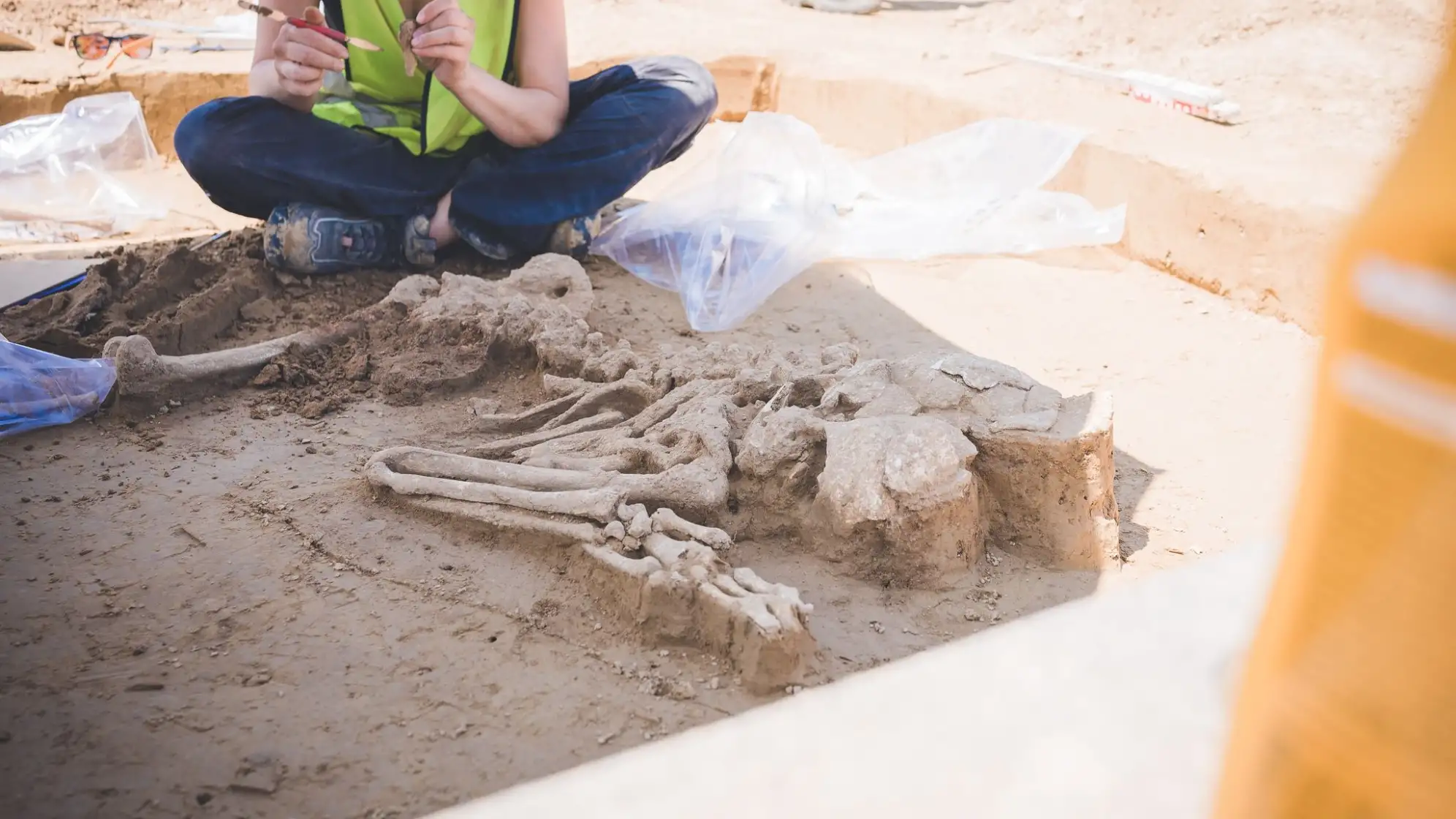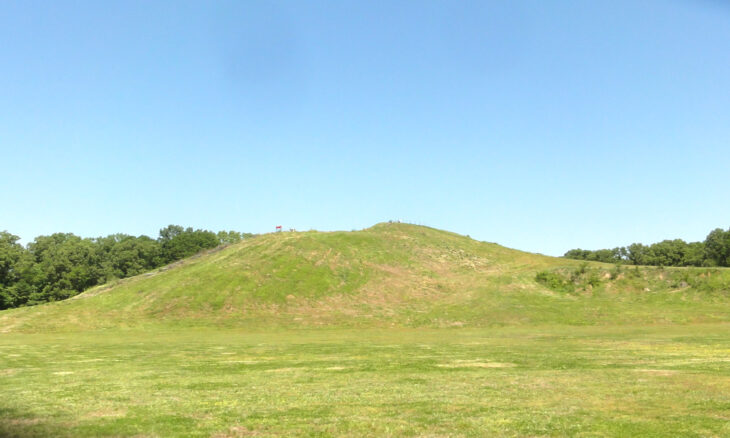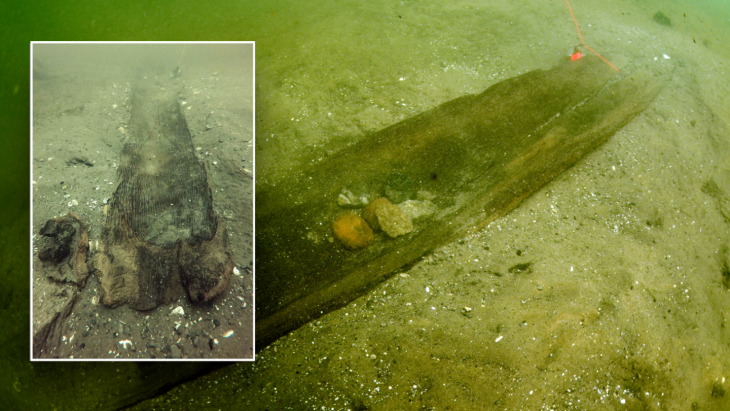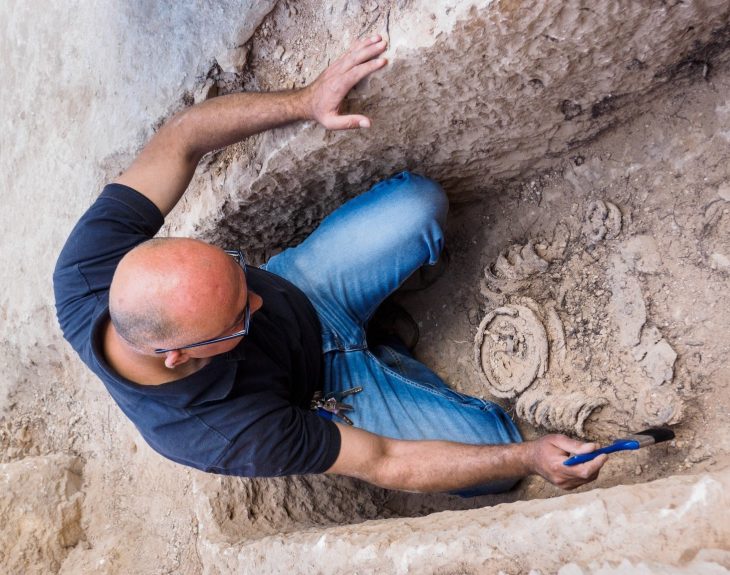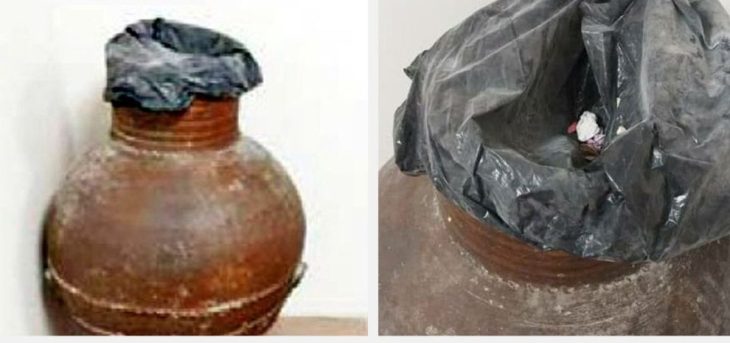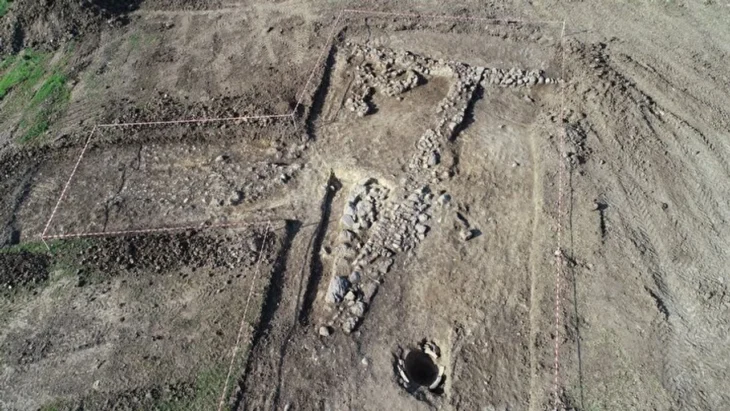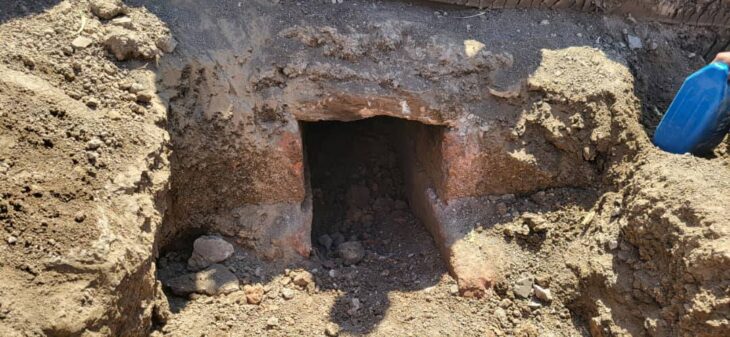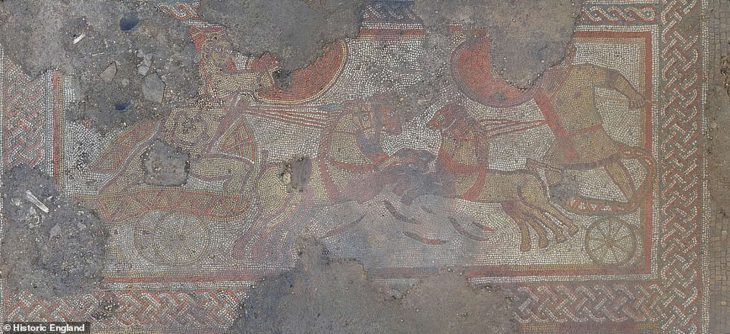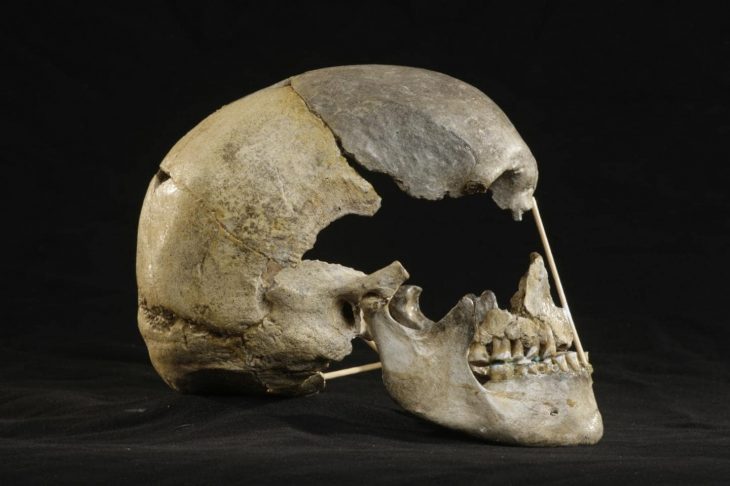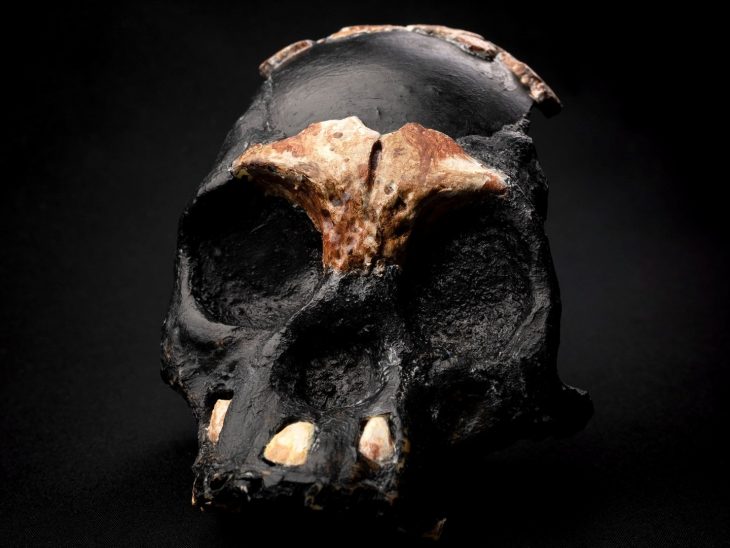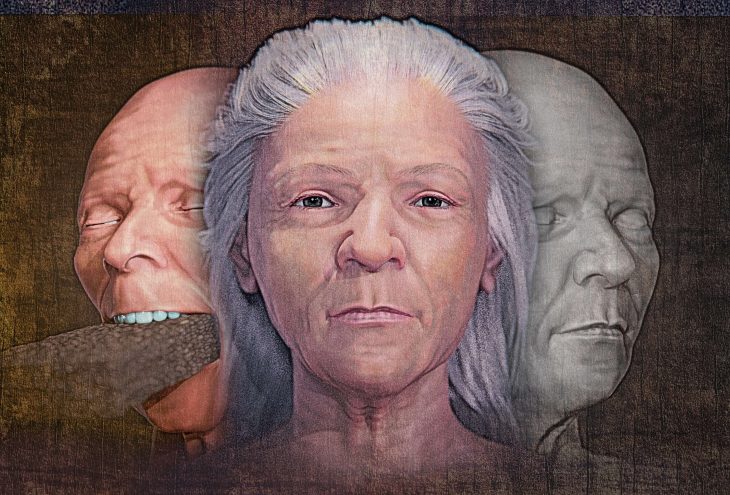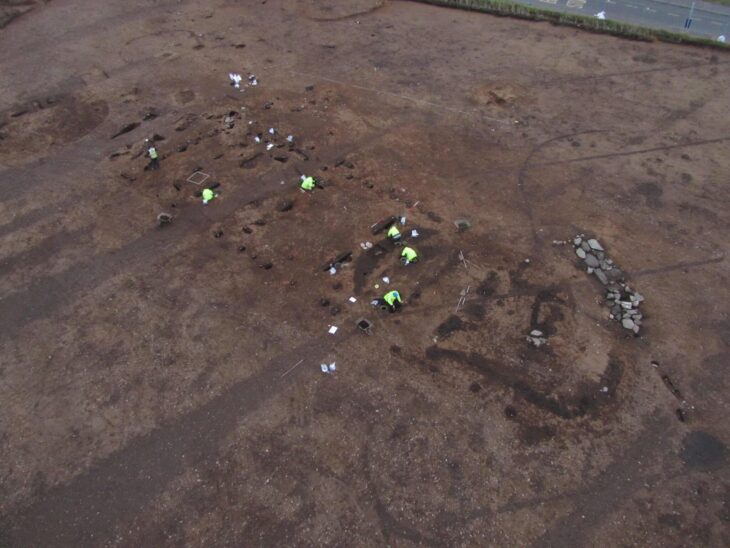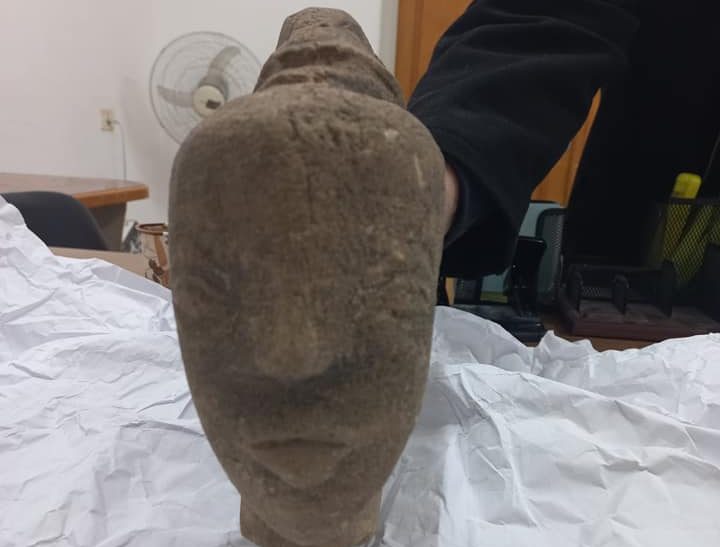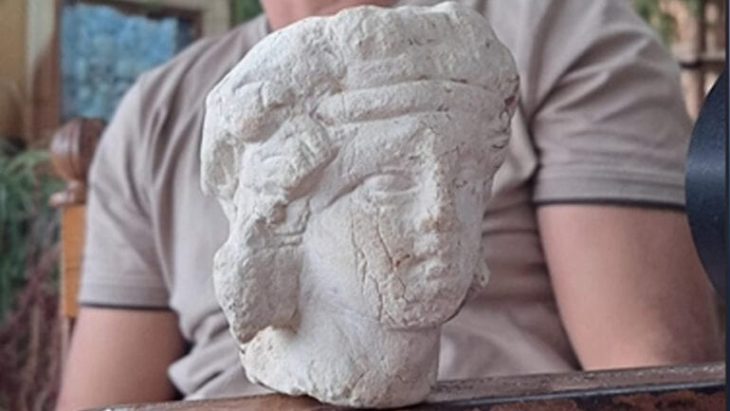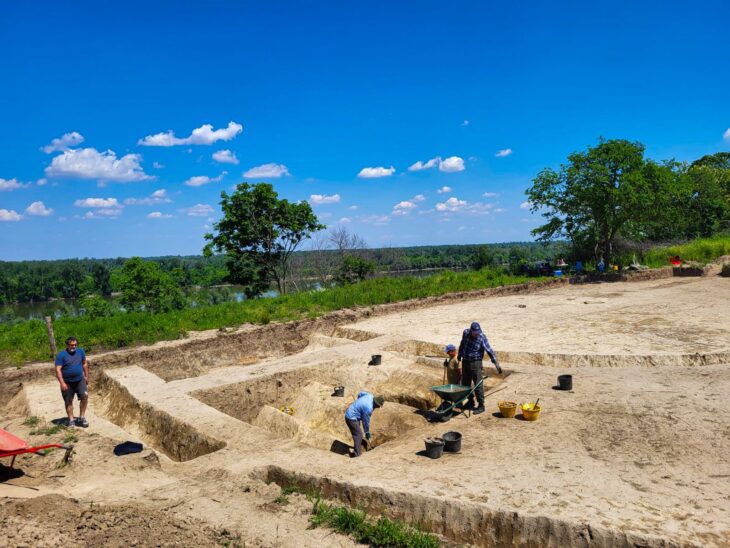Archaeologists call the discovery a “sensation” as 22 prehistoric skeletons and rare artifacts are uncovered near Regensburg.
Archaeologists in Bavaria have uncovered a prehistoric burial site of exceptional importance during construction work on the Südostlink power line. The large graveyard, discovered near the village of Sengkofen in the district of Regensburg, contains 22 remarkably well-preserved human skeletons, dating back more than 4,000 years to the transition from the late Neolithic period to the early Bronze Age.
The burial ground, described as one of the largest of its kind ever found in Bavaria, has provided extraordinary insights into ancient funeral practices and prehistoric culture. According to experts from the Bavarian State Office for Monument Preservation, the discovery represents a significant contribution to understanding early European societies.
Unique “Crouched Burials” from the Bell Beaker Culture
The skeletons were found in so-called “crouched burials,” a funerary tradition where the deceased were interred with bent arms and legs. This method of burial is one of the oldest known worldwide. Grave goods including finely crafted ceramic vessels, arrowheads, copper daggers, and stone wrist guards—once used by archers—were also unearthed.
These artifacts strongly suggest a connection to the Bell Beaker culture, a prehistoric society that spread across large parts of Europe between 2800 and 2200 BC. The typical bell-shaped pottery, from which the culture takes its name, indicates that the individuals buried here may have held high social status.
📣 Our WhatsApp channel is now LIVE! Stay up-to-date with the latest news and updates, just click here to follow us on WhatsApp and never miss a thing!!
“The site is a sensation,” said Dieter Heyse, the archaeological coordinator for the Regensburg district excavations. “It is one of the largest burial grounds of this era ever discovered in Bavaria.”
Double Graves Raise Questions
Among the most intriguing finds are two double burials, where pairs of individuals were placed closely together in crouched positions. Archaeologists are now investigating whether the people buried in these graves were related or connected through ritual practices. Planned DNA analyses may reveal family ties or shed light on community structures in prehistoric Bavaria.
The presence of such double burials adds to the mystery of the site and raises new questions about the cultural and social dynamics of the Bell Beaker communities.
Settlement Traces and a 5,000-Year-Old Well
Beyond the graves, archaeologists uncovered additional settlement remains, including postholes from ancient longhouses, storage pits, and a clay oven. Even more striking was the discovery of a well, dated to around 3500–3300 BC, making it older than the burial ground itself.
The well was lined with a hollowed-out tree trunk and reinforced with woven branches, a construction method typical of the Altheim culture, which flourished in Central Europe before the Bell Beaker period. Inside, researchers found an acorn and an oak leaf preserved for millennia—an extraordinary glimpse into the prehistoric environment.
“This well is of outstanding scientific importance due to its age and state of preservation,” experts noted.
No Delay for the Südostlink Power Line
The discovery occurred during construction of the Südostlink power line, a major infrastructure project designed to transport renewable energy from northern to southern Germany. Once completed, the underground cable—stretching roughly 270 kilometers through Bavaria—will deliver green electricity from Mecklenburg-Vorpommern to Landshut.
Despite the archaeological work, officials from grid operator Tennet confirmed that the excavations will not delay construction. The finds had been anticipated, as the region south of the Danube is known for its high density of archaeological remains.
Future Exhibitions Planned
All skeletons and artifacts have been transferred to restoration workshops in Munich, where they will undergo conservation and further study. Archaeologists hope the discoveries will eventually be displayed in museums, offering the public a rare opportunity to engage with Bavaria’s prehistoric past.
For now, the site near Regensburg stands as one of the most remarkable archaeological finds in recent years—connecting modern infrastructure development with ancient history buried beneath the soil.
Bavarian State Office for Monument Preservation
Cover Image Credit: Tennet – dpa

